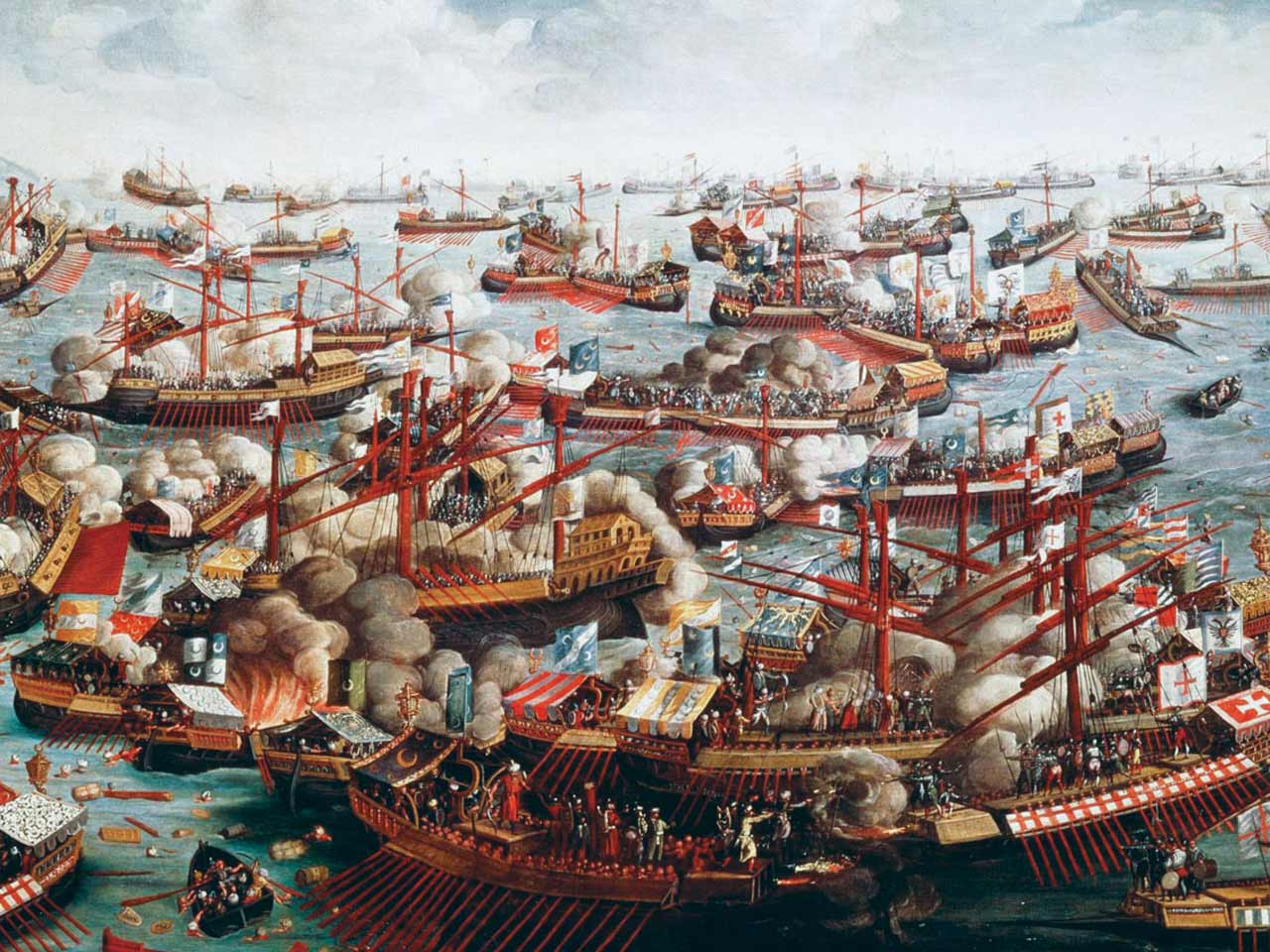450 years ago, on May 1, 1572, the great Pope of the Catholic Reform promoted by the Council of Trent, the “Pope of the Rosary”, glorious in crushing the enemies of the Church – external, like the Ottoman Turks, and internal, such as the followers of Luther and Calvin or as the exponents of the “Third Party,” who sought a compromise between truth and error – and in restoring divine worship, died: St. Pius V, the Dominican friar Michele (in the world, Antonio) Ghislieri.
He was born into a humble family in Bosco Marengo, Alessandria, northwestern Italy, on January 17, 1504. A giant of holiness stands out from his biography, distinguished everywhere for his personal piety and the orthodoxy of faith: his religious life in the Order of Preachers, also known as Dominican Friars; the intense apostolate in Pavia, northern Italy (at the Dominican convent of St. Thomas he was lecturer of theology, confessor of the governor of Milan and then commissioner and inquisitorial vicar for the diocese), in Vigevano, northern Italy, (at the Dominican convent of St. Peter Martyr he was a novice, procurator and prior), in Alba, northwestern Italy (prior), in Mondovì, northwestern Italy (of which he was a very zealous bishop for five years); his service to the Holy See in Rome; his ascent to St. Peter’s chair, from January 7, 1566, to May 1, 1572, with the name of Pius V.
His brief pontificate was expressed in an inexhaustible service to the Church, which was reorganized and normalized especially after the Protestant subversion and the decisions of the Council of Trent. To him we owe the Catechism of the Council of Trent (1566), the new Breviary (1568), the renewed Roman Missal (1570) and the ardent fight against the Turks, culminating in the victory of Lepanto, depicted above (1571), to name only the most important things. Without that victory, would the Europeans have had the French Revolution, the “Enlightenment,” German Romanticism, Socialism, Communism, Nazism and the World Wars? Or would they rather have adopted Islamic Sharia law, leaving no room for “freethinkers”? Thus even the enemies of the Church should thank the heavenly Mother of the Lord, venerated with the name of Our Lady of the Rosary, Queen of Victories, to whose powerful intercession St. Pius V attributed the victory of the Battle of Lepanto.
Among the musical tributes to the canonization of Pope Ghislieri, celebrated by Pope Clement XI in the Vatican Basilica on May 12, 1712 (together with Andrew Avellino, Felix of Cantalice and Catherine of Bologna), we find three oratorios of 1713 and a mass of 1724. Here we list their descriptions:
La santità guerriera di S. Pio V Pontefice Massimo dell’Ordine dei Predicatori, an Oratorio to be sung in the Church of Santa Maria di Castello in Genoa, on the occasion of the octave celebrations for his canonization of that saint in April 1713, set to music by Signor Don Antonio Mangiarotti, maestro di cappella.[1]
The Naval Victory predicted by the Holy Pontiff Pius V Ghislieri of the Order of Preachers, an Oratorio to be performed in the Church of Santa Corona of Vicenza, on the occasion of the octave celebrations for his canonization […] set to music by Signor Don Antonio Vivaldi […].[2]
L’empietà delusa, an Oratorio for the solemn triduum to be celebrated in the Chapel of the Almo Collegio Ghislieri in Pavia in 1713 for the sanctification of the most glorious and holy Pontiff Pius V, founder of that college, music by Signor Don Giovanni Antonio Costa, Chaplain of His Imperial and Catholic Majesty, Maestro di Cappella at Pavia Cathedral and Philharmonic Academician.[3]
Besides these three, there is also the Mass for 8 voices in two choirs and organ, composed by Giovanni Giorgi (died in 1762), director of music at the Lateran Basilica, commissioned by John V, king of Portugal (1689-1750), and performed for the feast of St. Pius V in 1724 in the Roman Basilica of St. Mary Major.
The music of the first two oratorios has been lost; that of the third remains, written by the priest Giovanni Antonio Costa, composer and singer born in Pavia around 1660 and died in 1735, based on the text of the priest Carlo Giuseppe Cornacchia from Casale Monferrato, a member of the Accademia degli Affidati in Pavia.
The full score of the oratorio L’empietà delusa includes a string orchestra, the organ and six characters: the Church and the Impiety, two sopranos; Christ and the Text, two altos; St. Pius V, tenor; the Devil, bass. In about an hour and half of music
It seems to perform like a modern TV drama, where a truth is hidden behind completely imaginary facts: the truth is the struggle between good and evil, the drama lies in the will of the evil one to poison the feet of the crucifix placed on the St. Pius V’s table to get rid, according to the devil, of a person who is very inconvenient to him,
as Msgr. Fernando Charrier, bishop of Alessandria, wrote about it in 2004, on the occasion of the first modern performance of the oratorio.
Listening of this sacred representation is “an opportunity to revive the memory of this great Pontiff and to reflect on the rich heritage of examples and teachings that he left us, which are also more valid than ever for the Christians of our time.”[4]
[1] C. Sartori, I libretti italiani a stampa dalle origini al 1800, Bertola & Locatelli 1990, p. 131, our translation.
[2] D. Arnold & E. Arnold, The Oratorio in Venice, Royal Musical Association, London 1986, p. 23.
[3] Oratorio’s libretto by Carlo Giuseppe Cornacchia, our translation.
[4] John Paul II, Message on the occasion of the Jubilee celebrations for the 5th centenary of the birth of St Pius V, May 1, 2004.


